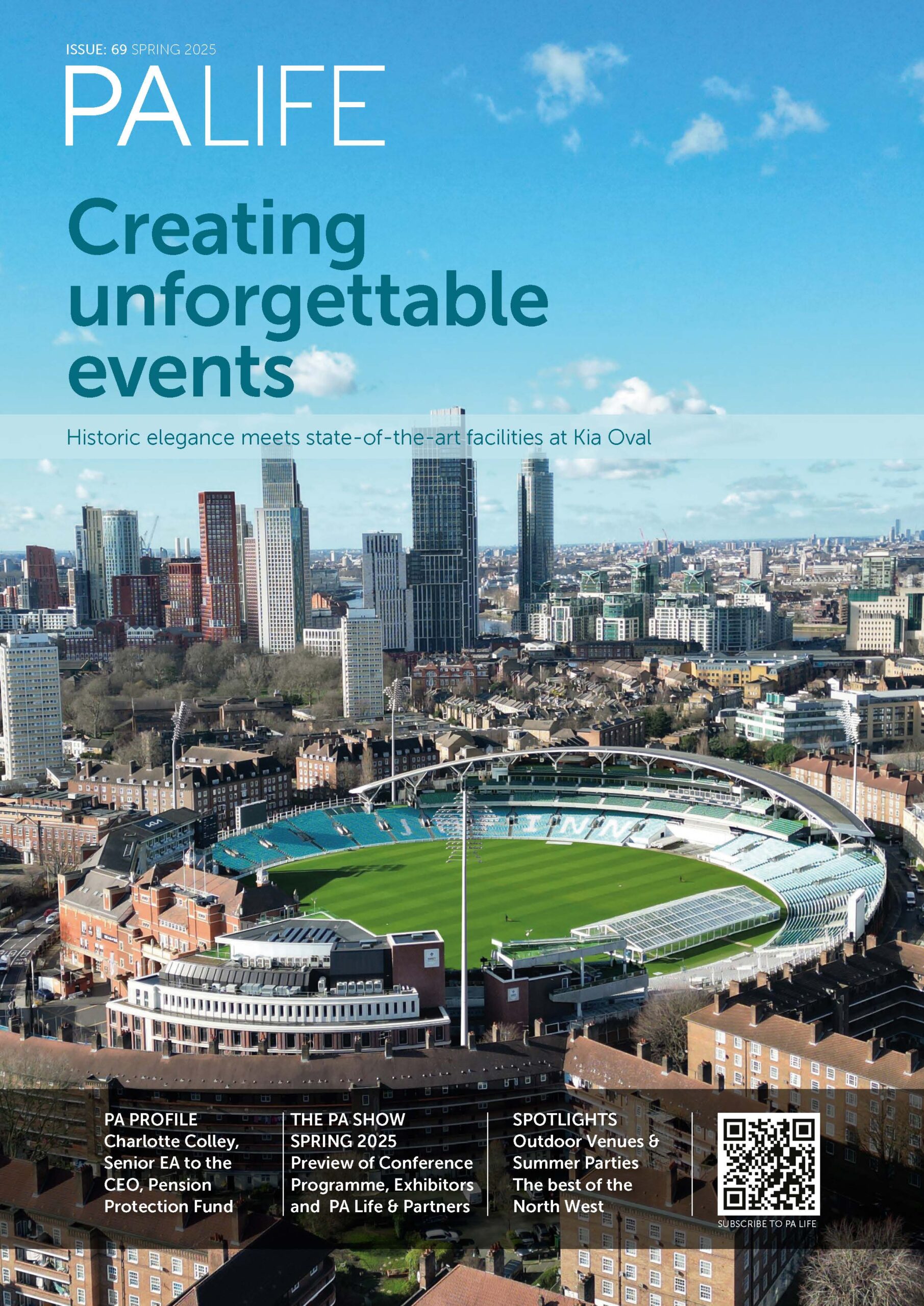Coaching isn’t always as effective as hoped. There can be no single cause behind why business coaching fails. For example, it can be because the person receiving coaching doesn’t appreciate or fully buy into the idea that they are the one needing to do the hard work of thinking. They are the thinker in the coaching process. However, many times it’s because coaching relationships are no longer set up for success as well as they used to be.
Clare Norman, author of ‘Cultivating Coachability’ looks at the reasons at unsuccessful coaching. “My theory—backed up by twenty plus years of experience as a coach—is that organisations tend to want the benefits of coaching without the up-front investment in strategic screening for coaching readiness.
Why business coaching fails and who’s responsible?
This is down to the coaching custodian. That is, the person who is responsible for coaching in an organisation. If your executive holds this role, the return on investment and expectations of the coaching is in their hands. That’s quite a responsibility.
Ways to make the investment in business coaching pay higher dividends
1. Establish the coaching context for the organisation
What is the strategic intention (focus and purpose) of this coaching and how will it meet organisational needs?
For example, the focus might be maternity/paternity return to work, first 100 days in a new lateral role, emerging leader, increased scope and scale, parental coaching, leadership coaching, retirement coaching, wellbeing, enhancement of diversity and inclusion, high potentials. The purpose might be business-driven, individual development needs driven, goal-led, or programme-led. What is it that the organisation needs?
This should be included in the coaching brief that is sent to the coach.
2. Screen for coaching readiness
Before any member of your staff embarks on a coaching journey, they must be ready for the process. These questions should be asked:
Is coaching the best intervention for the presenting need?
Coaching shouldn’t be thrown at everything. For example, might training be a better fit for a newly promoted team lead? Or might the line manager be trying to outsource to someone else to give the difficult feedback that they have shied away from giving to the individual. Perhaps it’s the line manager who needs coaching.
Does the person receiving coaching understand what they are signing up for and are they willing to do the hard work of thinking for themselves? And changing?
This is a big commitment on their part. They can’t just show up and hope that everything will get better for them. The coaching custodian’s role includes briefing them on what coaching is and is not and how to make the most of it. Yes, the coach will do this too, but people need to hear things more than once for it to sink in; and if they are not motivated, there is no point wasting their salaried time or the coach’s time by putting them forward for a chemistry meeting if they don’t want coaching in the first place.
Is the timing right, for the individual and for the organisation?
Coaching in the “eye of the storm” can be very timely to support the individual to thrive in times of change rather than being knocked for six, but it can also be overwhelming. How does the individual feel about the timing for them? It must be their choice. Equally, coaching ahead of structural changes in the organisation can help the individual to work with the unknown, but if the coaching custodian knows something that they don’t about what is coming, careful consideration should be made about whether this is the best time to invest.
3. Match with one coach at a time for a compatibility call
Choice is important for the thinker, but they don’t always have the tools to discern who will be the best fit coach for them. So, they should be matched a coach who will offer just enough challenge and let the thinker know that they can ask for another match if they discern for themselves that:
- the style of support will not optimise the individual’s learning style
- the amount or style of challenge feels too stretching or not stretching enough
- there are conflicts of interest that you could not have foreseen
This cuts down on unconscious bias in the matching process.
4. Learn lessons
It is also important to harvest the systemic learning across the work that coaches are doing for the organisation. What is coming up time and time again that individuals cannot resolve in one-to-one coaching? For example, is there a bullying problem that keeps showing up? Are minorities finding it hard to make progress due to systemic barriers that need to be addressed by the whole organisation? What is the temperature gauge around potential burnout?
Conclusion
This is a big ask for those executives who have had coaching added to their to-do list. But ensuring that coaching is a success within the organisation is not just another transaction to be ticked off the list, it’s a strategic imperative to get this right. If your executive is the major custodian of results, the protector of business spend and the talent multiplier, the choices they make will have an impact – so be sure to help them make those choices wisely.
ABOUT THE AUTHOR
Clare Norman is author of ‘Cultivating Coachability’ (2024) and founder of Clare Norman Coaching Associates. Clare is a Master Certified Coach (MCC) with the International Coaching Federation (ICF), a Master Mentor Coach and a Certified Coach Supervisor. She has a Masters in Training and has received multiple awards for ground-breaking leadership development. For over 25 years, Clare has focused on maximizing individual, team, and organisation effectiveness, enabling people to express their needs, in service of a more caring world. Clare’s two previous books are ‘The Transformational Coach (2022)’ and ‘Mentor Coaching: A Practical Guide (2020)’. For more information see Clare Norman Coaching Associates.
PA Life Club offers a peer-to-peer mentoring programme for its member EAs, PAs and VAs. The Club is free to join here.










